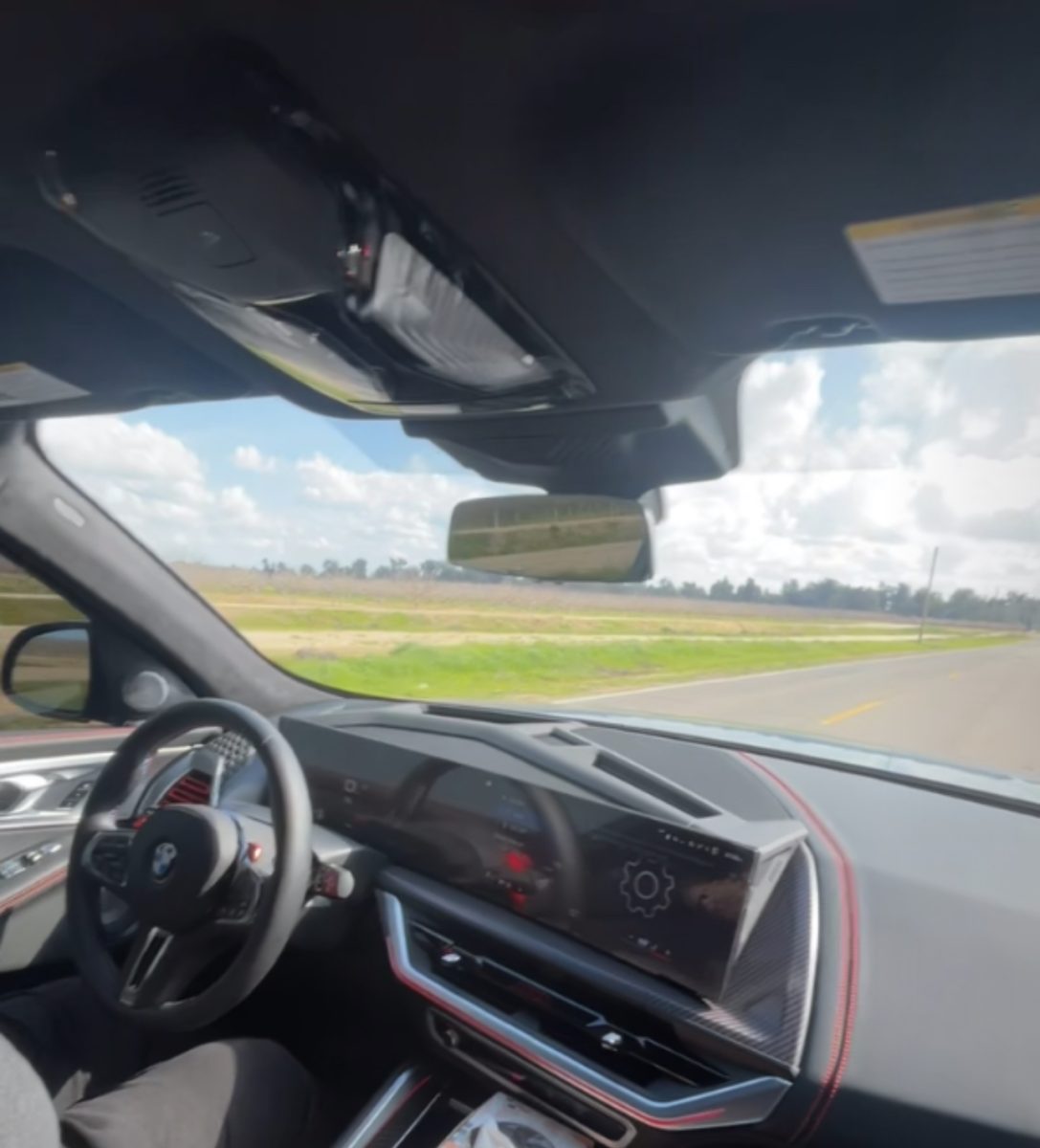With the use of AI and supercomputers a new substance was made which could reduce the use of lithium. According to bbc.com, “Scientists say the material could potentially reduce lithium use by up to 70%.” Researchers at Microsoft used supercomputers and AI to narrow down 32 million potential candidates for inorganic materials and managed to reduce it to 18 promising contenders in less than a week. The screening process is said to have lasted more than two decades if they used traditional methods. The task to build a functioning battery prototype took less than 9 months and the name given to this material is N2116.
Executive vice president of Microsoft, Jason Zander, told the BBC one of the tech giant’s missions was to “compress 250 years of scientific discovery into the next 25”. Zander added “And we think technology like this will help us do that. This is the way that this type of science I think is going to get done in the future,”. Lithium has a high value and is expected to have a tenfold increase in demand by 2030 according to the US Department for Energy. Lithium mining has been considered controversial because of the effects it has on the environment. The process can cause scars on the land as well as leave toxic waste behind which not only threatens the animals and biodiversity but humans as well. According to bbc.com “In the near future, faster charging solid-state lithium batteries promise to be even more energy-dense, with thousands of charge cycles.” Today, a normal phone is designed to keep 80% of its original battery after 500 complete charge cycles when operating under normal conditions.
The prototype battery was used to power a light bulb earlier this year and has led to some researchers believing AI will help with many inventions in the future saying “first real-life example of many that will be achieved in a new era of scientific discovery driven by AI.” The use of lithium extends past cars as other devices such as phones, laptops, E-Bikes, electric toothbrushes, tools, hoverboards, scooters, and for solar power backup storage. With so many things using lithium batteries and the creation of the new material that could reduce the amount of lithium used, N2116 could be everywhere in the next few years as a big part of lithium powered devices.


